Featured in ARMOR
Combat Vehicle Service Optimization: Efforts to streamline services for Abrams and Bradley Family of Vehicles
by Lt. Gen. Heidi J. Hoyle, Brig. Gen. Michael J. Simmering and Maj. Dirk K. van Ingen
In his address at the Association of the U.S. Army (AUSA) Annual Meeting and Exposition Oct. 10, 2023, GEN Randy George, Army Chief of Staff (CSA), expressed the Army is over-servicing our equipment, therefore placing a load on formations that have very little time.
Read moreFeatured in ARMOR
U.S Tank Gunnery: Historical Ebb, Flow of Proficiency
by Robert S. Cameron, Ph.D.
A gap exists today between the capabilities of tank weapon systems and the ability of crews to employ them to maximum effectiveness. Current tank lethality reflects significant recent improvements to optics, fire control systems, networks, and ammunition. Tanks possess the ability to engage varied targets with precision at ever longer ranges whether stationary or moving.
Read moreFeatured in ARMOR
Organizing Light Cavalry in the Army of 2030
by Capt. Charles Clouse
U.S. Army cavalry is about to undergo a massive restructuring. As the Army transitions to the division-centric Army of 2030 force structure, division cavalry (DIVCAV) formations are coming back from the dead to provide reconnaissance and security support to the newly empowered division formations.
Read moreFeatured in ARMOR
Strike Swiftly: Developing Sustainable Maintenance Strategy in Combined Arms Battalion
by Lt. Col. Mike Kim, Maj. Nate Bennett, Chief Warrant 3 Jason Amsdell, and 1st Lt. Collette Benavidez
The mission of the combined arms battalion (CAB) is to close with and destroy enemy forces using fire, maneuver, and shock effect or to repel their assault by fire and counterattack (Army Techniques Publication 3-90.5, Combined Arms Battalion).
Read moreFeatured in ARMOR
The Defensive Lynchpin: Unveiling Vital Role of Class IV Combat Configured Loads in Large-Scale Combat Operations
by Maj. William Longwell and Capt. Olivia Schretzman
As the sun sets over the Central Corridor, following a long day of combined arms breaching, a common story and phrase is echoed from leaders at all echelons to their subordinates as they prepare for the transition to the defense. Bracing for the imminent transition, the commander immediately asks those nearby, "Where are the CCLs (combat configured loads)?"
Read moreFeatured in ARMOR
Putting the 'C' Back in BCT: Creating Change Agents Through Initiative Ownership
by Col. Scott C. White and Command Sgt. Maj. Jonathan M. Duncan
In a message to our Army team Oct. 26, 2023, GEN Randy A. George, the 41st Army Chief of Staff, reinforced that our enduring purpose as a force is to fight and win our nation’s wars. He further stated that to do this we must stay grounded and dedicate our energy in four focus areas: warfighting, delivering combat-ready formations, continuous transformation, and strengthening the profession.
Read moreProfessional Reading
Heavy Metal: Arguing the Continued Need for Abrams in ActionProfession of Arms
U.S. Constitution
CATS: The Army's Unit Training Strategy
Tactics, Techniques and Procedures for Employing Brigade and Task-Force Engineers
ARMOR Links
U.S. Army Armor School194th Armored Brigade
316th Cavalry Brigade
Donovan Research Library
Armor & Cavalry Museum
Fundamentals of
Reconnaissance & Security
ARMORmail
When we've got updates,
we'll let you know...
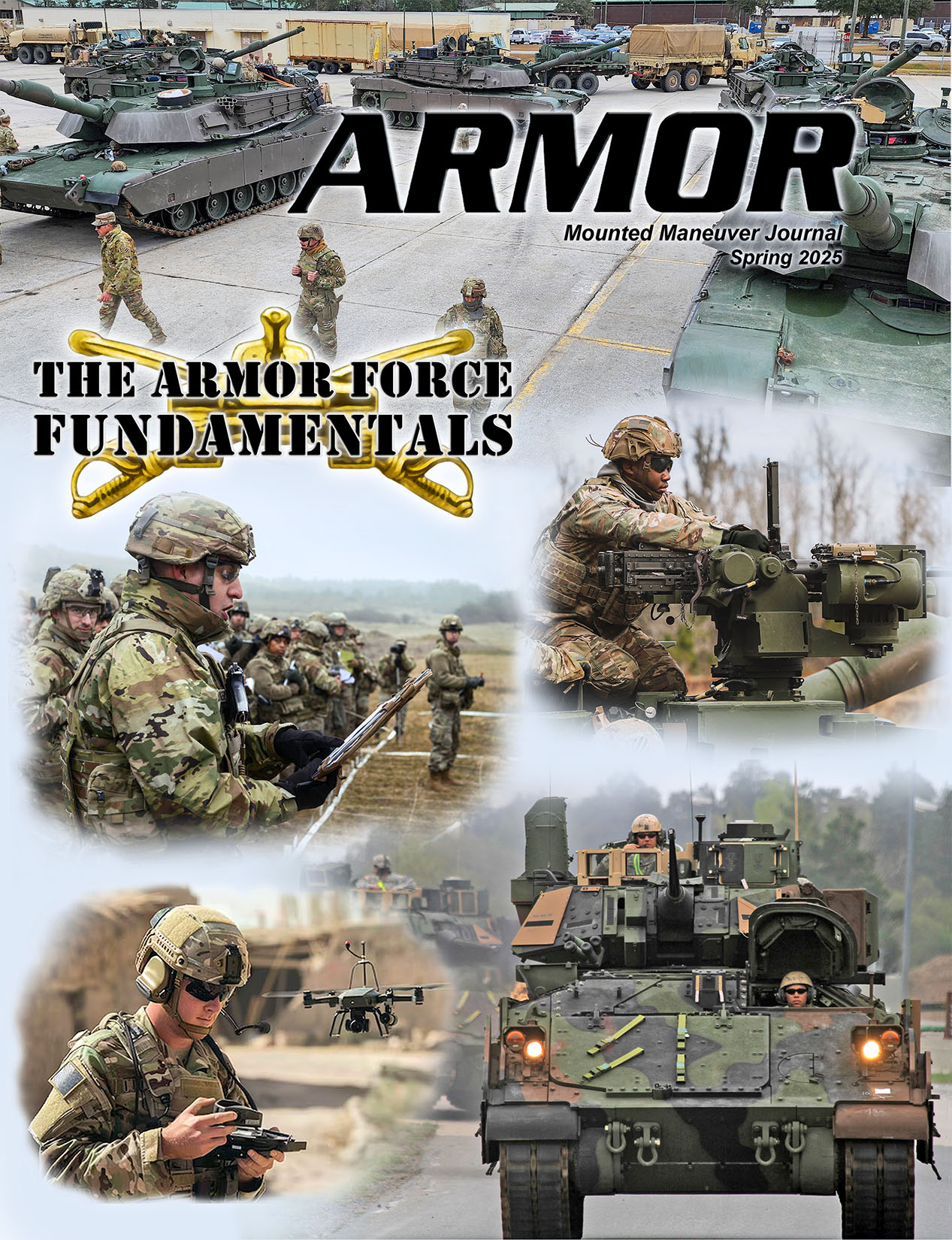
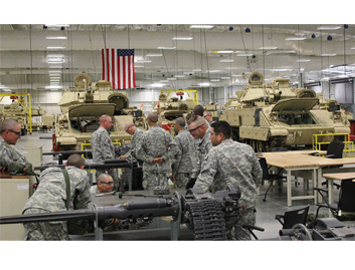
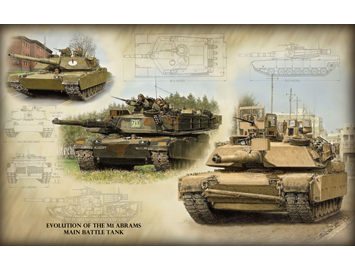
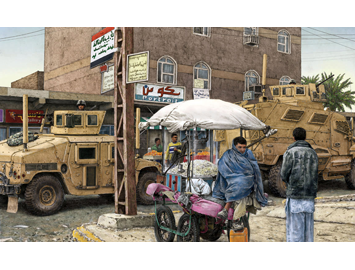
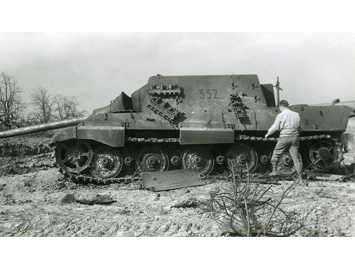

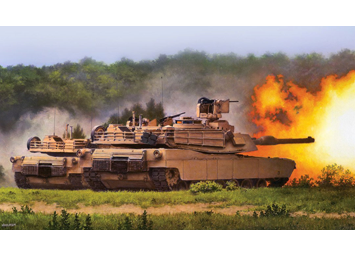
Social Media